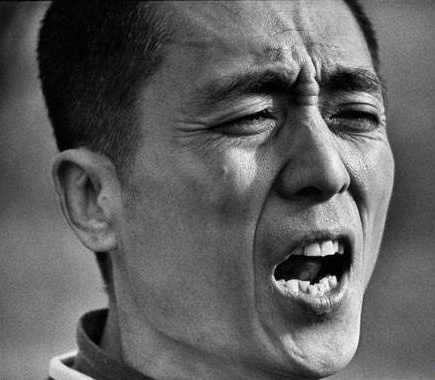
Special feature of 1905 film network In 2015, a biography of Zhang Yimou was published. According to the book, in the summer of 1985, during the filming of a film, Zhang Yimou witnessed a UFO.
This book quotes Zhang Yimou’s words in a direct quotation, which is positive and convincing.
Zhang Yimou was convinced that what he saw was a UFO.
Many years later, a reporter asked Chen Kaige, the director of the film, about the UFO incident.
Director Chen made a surprising statement, saying that he was there that night. When the reporter asked about the authenticity of the UFO, Chen Kaige shook his head gently and kept it a secret.
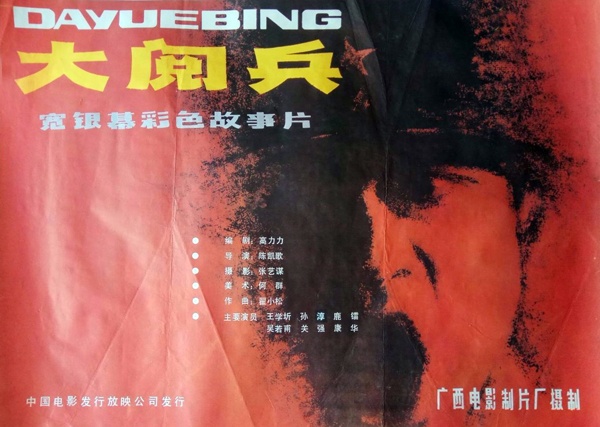
1905 solo broadcast on the whole network Grand parade
This mysterious film is Parade, Chen Kaige’s second work.
However, the point of view of the film is by no means limited to "anecdotes". After watching the whole film, you will be hit by Zhang Yimou’s photography.
Chen Kaige’s film, however, was upstaged by Zhang Yimou.This incident is the real highlight of the military parade.
Brilliant Zhang’s aesthetics shook the film world
The authenticity of "UFO" is beyond examination, but Zhang Yimou should have seen something "unusual" that night.
The incident happened before the "Military Parade" started. Now, it seems like an "inspiration" to Zhang Yimou.
It’s like he got through the "Ren Du Er Mai" and made an extraordinary picture.
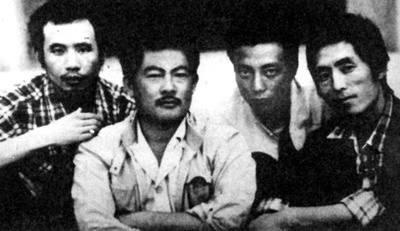
Zhang Yimou (first from the right) is on the cast of One and Eight.
In 1983, Zhang Yimou just graduated from Nortel and was assigned to Guangxi Film Studio.
In the same year, under the promotion of the old factory director Wei Bida, he became a member of the first "youth film crew" in China and served as the photographer of the film One and Eight.
This year’s graduates have created films independently, which is unprecedented in the country. Zhang Yimou caught a golden opportunity.
Compared with the previous domestic films, One and Eight has made a big breakthrough in style, and Zhang Yimou has made great contributions as a photographer.
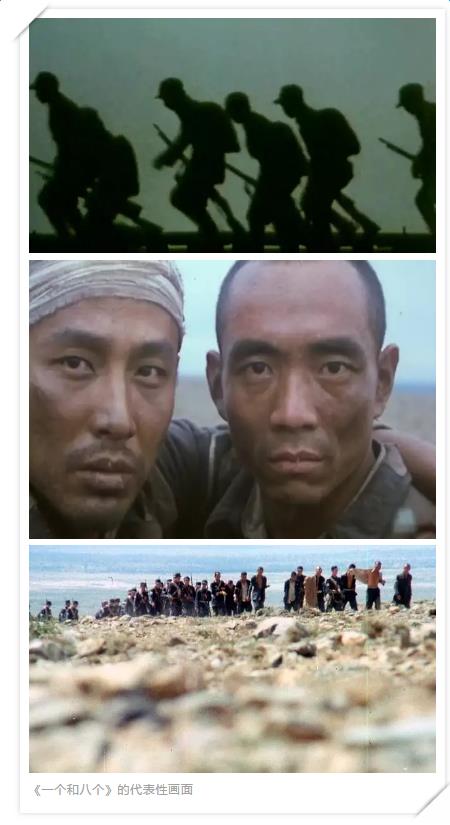
The film is visually subversive.
Use more natural light and pay attention to the realism of images. Abandon the "theatrical use of light" of similar films before.
Pay attention to the aesthetic feeling of picture modeling, and the composition is concise and "geometric". Let the image be no longer just a "picture of lines", and strive to be "visual" in narrative.
After the publication of One and Eight, after controversy and discussion, it finally won the approval. Therefore, Zhang Yimou was invited by Chen Kaige to be the photographer of Yellow Land.
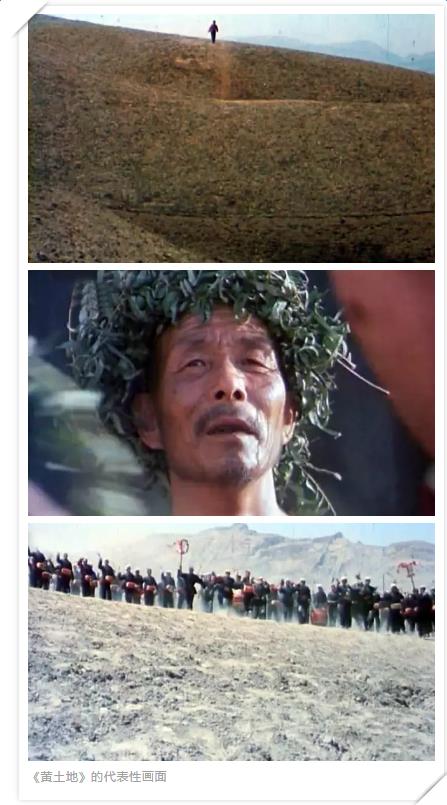
The image style of Yellow Land is similar to that of One and Eight. While keeping the previous thinking, Zhang Yimou also made a breakthrough.
The film continues the natural light and "realistic style" of "One and Eight", however, it takes a bigger step in the picture modeling. The theme of "Yellow Land" gave Zhang Yimou the soil to experiment boldly.
The film’s discussion on the relationship between man and land allows Zhang Yimou to use a more radical composition and try to outline the modeling combination of characters and space.
The paragraph of "begging for rain" in the film embodies the visual experiment of the main creation.
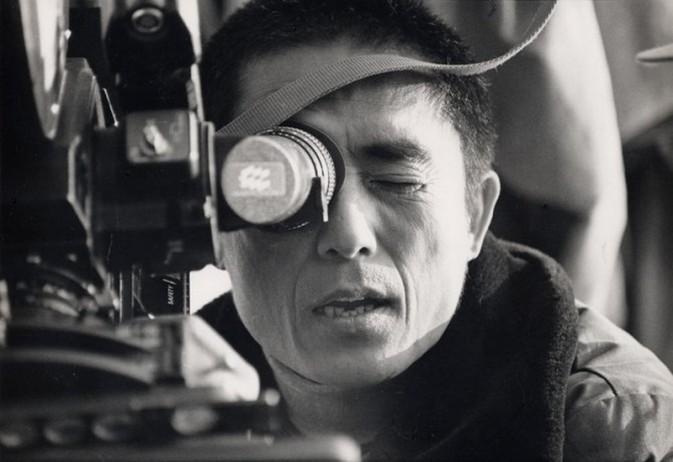
There are two works as the base, and Zhang Yimou’s image ideas are beginning to appear.
Since then, he has continued to cooperate with Chen Kaige, and the next film is the masterpiece of his initial style.
After "Yellow Land", the cooperation between Chen Kaige and Zhang Yimou was getting better and better, and the filming of "Grand Parade" started non-stop.
On the one hand, the cooperation between them is more tacit, on the other hand, the theme of "military parade" is a natural "picture experiment field".The right time, the right place and the right people, those amazing images of "The Great Parade" came into being.
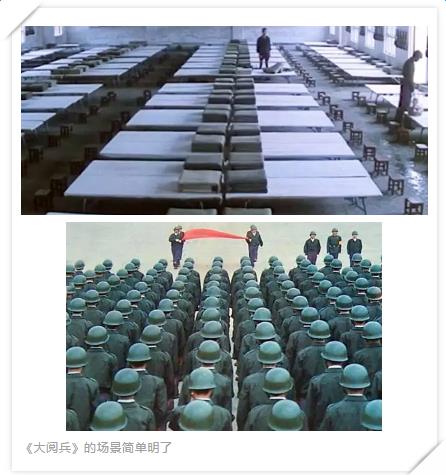
The scene distinction of "The Great Parade" is very clear — — Indoor and outdoor.
There are probably two views of barracks and bathrooms indoors, while there is basically only a training ground outdoors.
Due to the characteristics of military parade training, the lens outside the film has almost become a "composition laboratory". People and the environment make up all kinds of "lines" and "figures", which makes the picture "geometric beauty" everywhere.
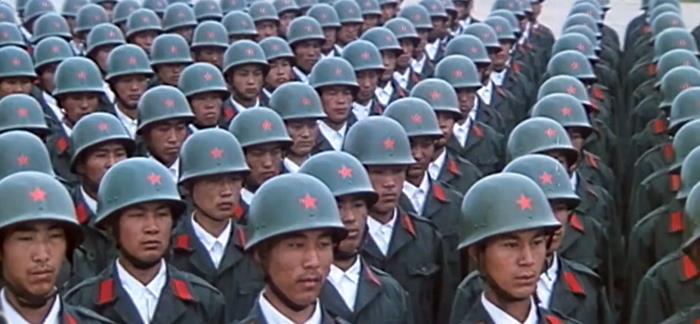
Diagonal composition in the Great Parade
When representing the whole queue, diagonal composition is often used.
Avoid the formation of parallel lines between the team and the picture frame, and try to break the monotonous state of the picture.
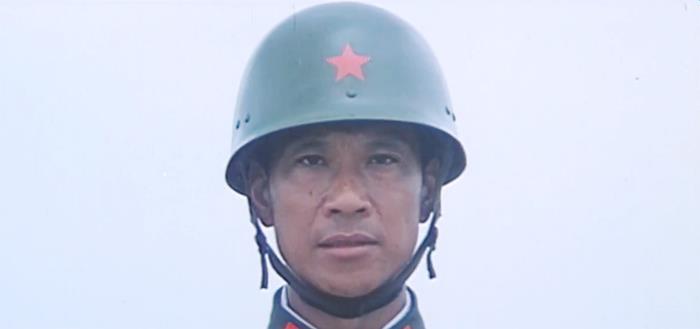
The iconic close-up of the Great Parade
When shooting a single person, we often use the "Lionel style" to compose a close-up of the face.
This technique highlights the individual characters, which is in contrast to the "dense" picture when expressing the "collective" and closely follows the theme of the film "the relationship between the individual and the collective".
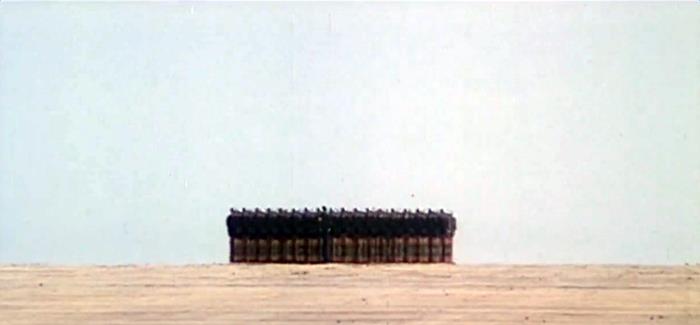
In addition, Zhang Yimou often regards the whole queue as a subject, and makes a fuss about the relationship between the environment and the subject with a larger perspective.
The same way is also presented in One and Eight and Yellow Land, which can be regarded as a continuation of style.
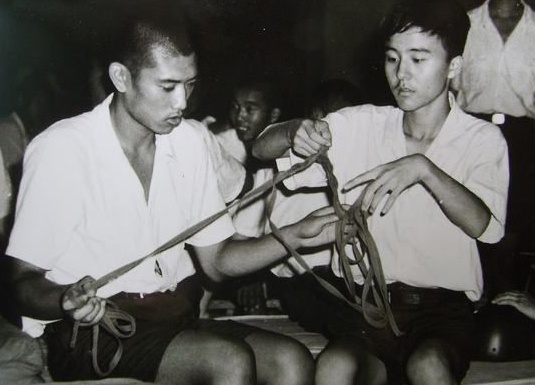
Indoor drama photos of "Grand Parade"
The outdoor drama of the Great Military Parade is "face" and "lining" is an indoor drama. Surprisingly, the light of "Lizi" almost overshadowed "face".
The photography of indoor drama is actually the real brilliance of the Great Parade.
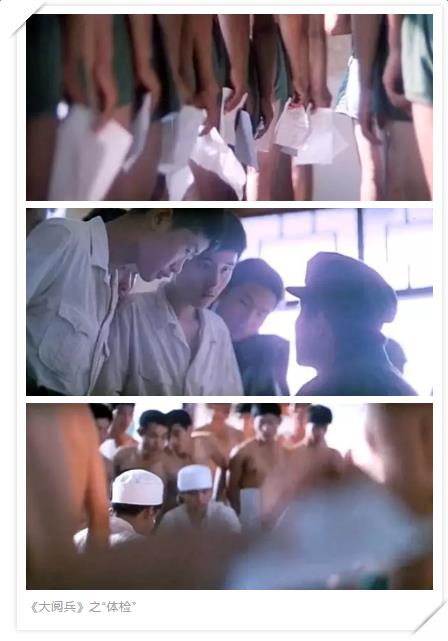
The scene of the opening physical examination of the film is very subtle.
Chen Kaige concealed the sound of the scene in the later period, while Zhang Yimou used the lens of the medium telephoto end to shake and wander among the people undergoing physical examination.
Using the moving crowd as the foreground to express specific characters is the symbolic composition of the Great Military Parade.
Zhang Yimou and Chen Kaige want to visualize the theme of "individual and collective" through this relationship of depth of field.
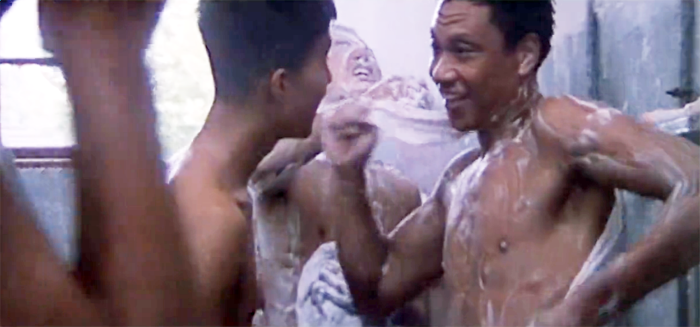
Bathroom of the Great Parade
Bathroom drama also followed the previous shooting method, and more resolutely used the way of "people making prospects".
In addition to the function of being close to the theme, this way is also in place in the description of the atmosphere, and there is a sense of participation in the scene.
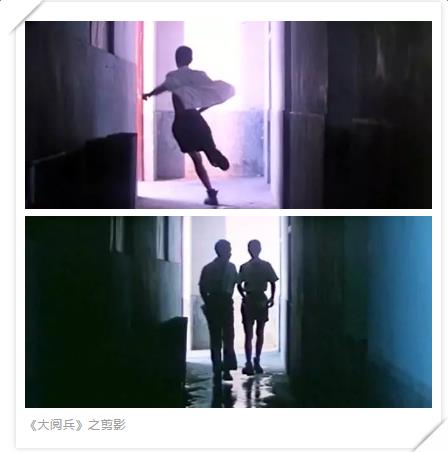
The use of silhouette in the film is also very careful.
Interspersed use in indoor drama plays a boosting role in establishing characters.
In addition, the film tried a lot of complicated scene scheduling.
Use the movement of the camera to match the position of the characters, so as to add richer and more three-dimensional content to a single shot, and strive to break the monotonous techniques of domestic films for many years.
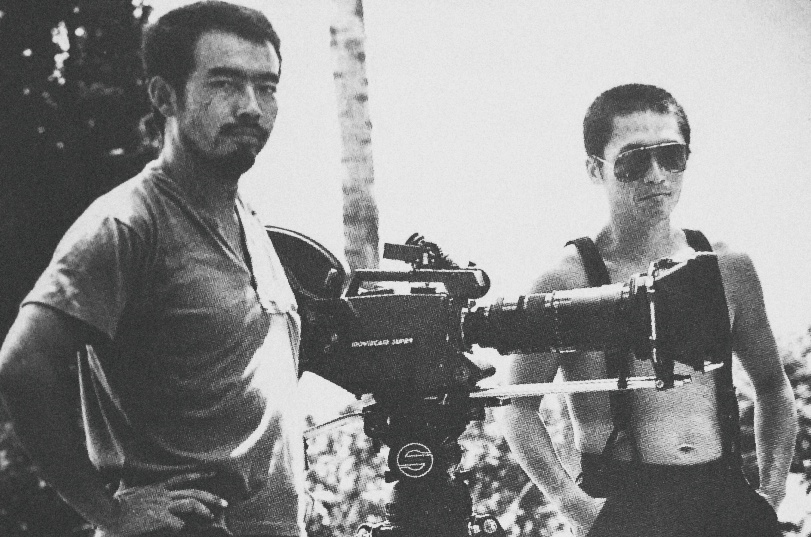
It can be seen that although the scenes of the military parade are "graphic beauty" to attract attention, the breakthrough and ingenuity of indoor drama is the key to the title of "visual feast" for the Great Military Parade.
Zhang Yimou’s talent was fully displayed in the Great Parade.
Of course, the film is under the control of the director. The talent of a photographer can only be known to the world if it is appreciated and recognized by the director.Therefore, the partnership between Chen Kaige and Zhang Yimou is very successful.
At that time, they didn’t know what they would achieve in the future.
Now, as the two most successful directors in the "fifth generation", their early experience of "combining two swords" has quite a sense of "heroes cherish each other".